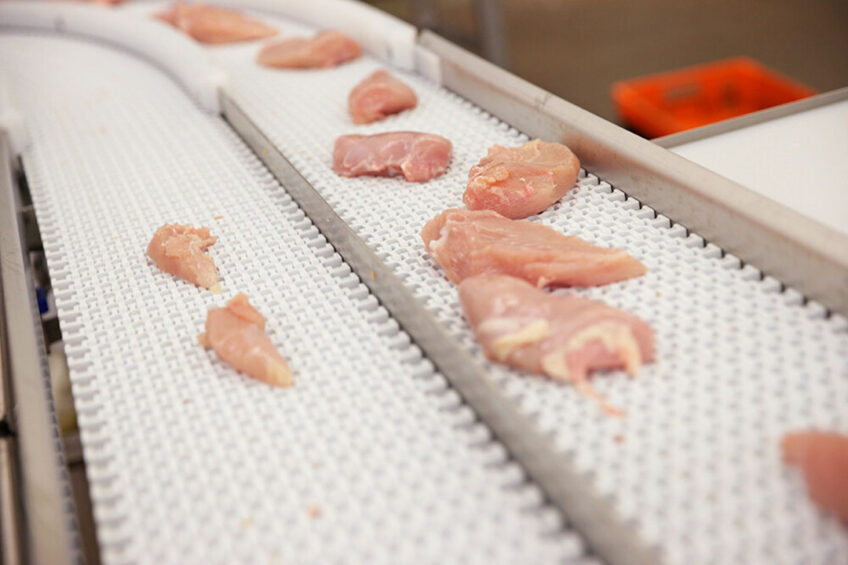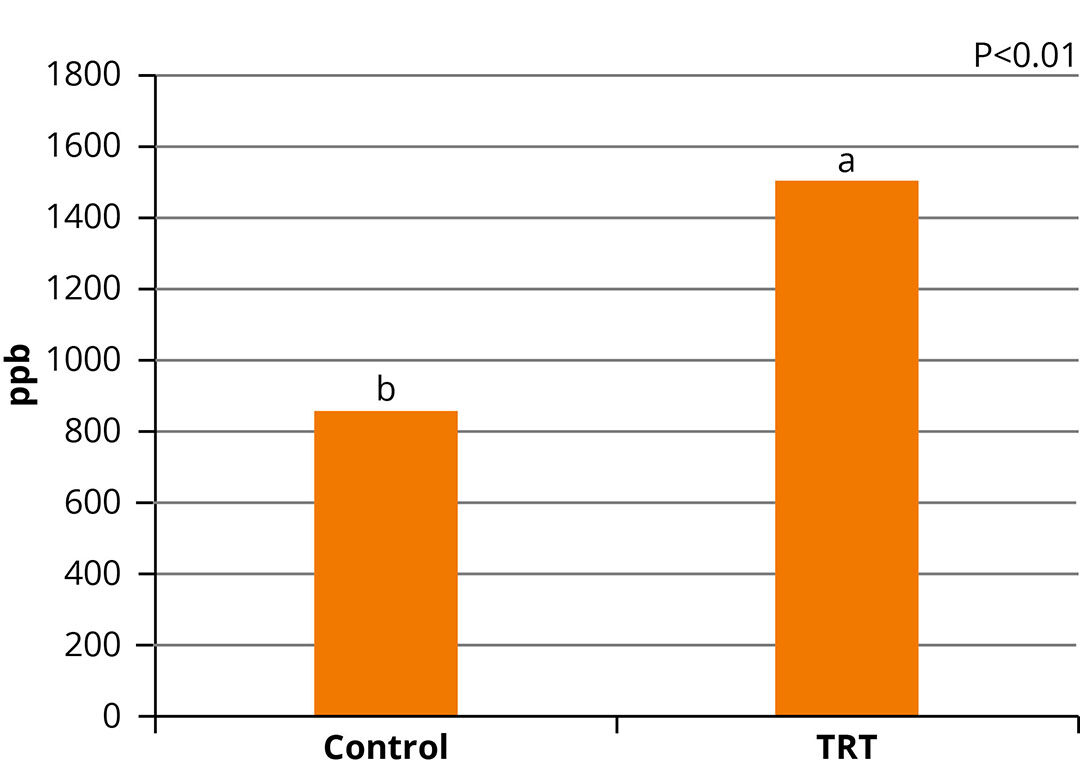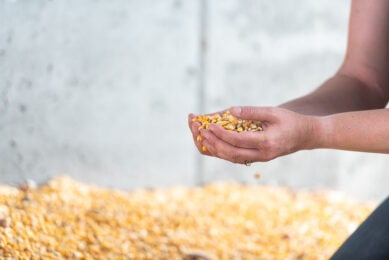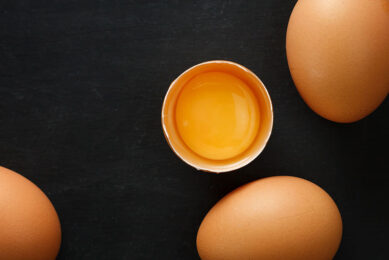Where the fork hits the plate

Skeletal muscle is complex and dynamic. Its functional characteristics and metabolic properties adapt based on environmental and physiological factors. Therefore, changes to an animal’s genetics, growth rate, nutrition, locomotion and metabolism can greatly alter skeletal muscle composition and, ultimately, meat quality.
Minerals are indispensable nutrients involved in various biological processes, such as metabolism, reproduction and immunity. They serve as activators and co-factors for various enzymes and are critical components of cellular membranes. In muscle, mineral concentration depends on mineral absorptivity, muscle type, animal age and genetics, as well as environmental factors. As such, alterations in mineral nutrition can dramatically impact the overall health and wellness of the animal and thus, product quality.
Meat quality
Meat quality measures the organoleptic and physiochemical properties of fresh or value-added meat. In recent years, breast muscle myopathies, such as wooden breast meat, have afflicted the poultry industry. Typically, wooden breast (WB) can be found in fast-growing, heavy-breasted birds and is characterised as hardened, bulging, pale meat often accompanied by white striping of the pectoralis major. Wooden breast tends to have an altered nutritional content and impaired quality compared to normal breast meat. While still usable, wooden breast is typically downgraded and further processed leading to substantial economic losses to the poultry industry. Extensive research has focused on determining the underlying mechanism of wooden breast myopathy, and while causation has not been fully elucidated, there are a variety of factors that appear to correlate to the development of wooden breast meat. Genomic and metabolic studies have revealed several dysregulated molecular pathways involved in oxidative stress, circulatory oxygen homeostasis, muscle bioenergetics, inflammatory response and muscle repair. There is a growing body of evidence that oxidative stress, with varying degrees of importance, plays a role in the onset or progression of several myopathies, including wooden breast. Petracci and others (2019) hypothesised that the accumulation of metabolic waste products associated with increased metabolic and circulatory demand from rapid hypertrophy results in increased oxidative stress. Due to the complex and multifaceted process of developing wooden breast myopathy, utilising a wide variety of tools from management practices to nutritional solutions aimed at lessening oxidative stress and inflammation and supporting vascularisation, may abate the development and severity of breast muscle myopathies.
Oxidative stress
Oxidative stress is combated through the cell’s antioxidant enzymatic defence system and non-enzymatic molecules, such as glutathione and metal-binding proteins. Key antioxidant enzymes include glutathione peroxidase, catalase and superoxide dismutase, all of which require specific minerals for appropriate function. Surai (2002) suggests that oxidative stress in the live animal is due to an imbalance between ROS and reactive nitrogen species and the antioxidant defence mechanism, necessitating proper nutrient intake. Nutritional strategies, such as arginine, selenium, trace minerals and vitamin C, have been considered to reduce the incidence of wooden breast myopathies.
Combining gene expression data of WB and compiled data on mineral supplementation and oxidative stress, the question was investigated of whether the trace minerals that are routinely supplied to modern broilers meet the demands to properly support the bird’s antioxidant system and protect against WB. In conjunction with the University of Kentucky, a research trial was carried out to investigate the impact of feeding organically complexed minerals on the development of wooden breast myopathy. On day 19, broilers were fed either a control corn-soy diet with inorganic minerals or a corn-soy diet with organically complexed minerals (TRT: Bioplex Fe, Zn, Mn, Cu and Sel-Plex, Alltech). On day 49, the birds were processed, chilled and deboned. Breast filets were scored independently by 3 judges, according to the procedure proposed by Kuttappan and others (2016). Briefly, manual palpations of the breast filets were conducted to evaluate the degree of hardness and categorised as either normal (flexible throughout filet), mild (hardness at cranial region but flexible throughout), moderate (hardness from cranial to the mid-region then flexible throughout) and severe (hardness throughout the entire filet). Physiochemical attributes, such as lipid oxidation and water-holding capacity, and collagen content were measured in the scored filets. Birds fed organically complexed minerals had 22% and 15% lower levels of wooden breast and white striping compared to the control group, respectively (Table 1).
Minimising damage
Additionally, birds fed organically complexed minerals (TRT) had significantly lower TBARS (thiobarbituric acid reactive) formation, tended to have greater water-holding capacity upon cooking, and higher selenium levels in breast tissue compared to the control. There was no difference in collagen content between dietary treatments. While neither oxidative stress nor antioxidant capacity were measured, it is possible that the use of organically complexed minerals aided the endogenous antioxidant enzyme system in minimising the damage associated with oxidative stress. Previous research has shown that when broilers are fed a diet supplemented with organically complexed minerals in conjunction with a dietary stressor such as oxidised oil, blood antioxidant enzyme levels are heightened when compared to the respective control. Kuttappan and others (2021) reported an increase in wooden breast severity when fed oxidised oil, which was reduced upon supplementation with dietary antioxidants.
While the formation of reactive oxygen species is a result of natural metabolic processes and can be exacerbated during times of stress, their subsequent damage to DNA, RNA, proteins and lipids have detrimental consequences on various biosystems within the animal. Modern broilers may have biochemical modifications increasing their susceptibility to growth-related stress, possibly due to alterations in the efficacy of the endogenous enzymatic antioxidant system, thereby necessitating a greater need for dietary antioxidant supplementation to help re-establish redox homeostasis. The activity of antioxidant enzymes, such as glutathione peroxidase and superoxide dismutase, can be enhanced in tissues with adequate bioavailable levels of Se, Zn, Cu and Mn in the diet, respectively. Organically complexed minerals may be more bioavailable than their inorganic counterparts due to greater stability throughout digestion. Fagan and others 92015) noted that the incorporation of selenium into selenoproteins was dependent on the form (organically complexed vs inorganic), digestibility and accessibility of the selenium-containing proteins and peptides (Figure 1).
Figure 1 – Effects of dietary treatments on the Se concentration of breast meat.

Multifaceted approach
Regardless, the development of breast muscle myopathies, such as wooden breast, appears to correlate to increased oxidative stress associated with circulatory insufficiency and subsequent hypoxia of muscle tissue in modern broilers. While a ‘one size fits all’ approach is unlikely to resolve this issue, taking a multifaceted approach that includes nutritional intervention may aid in lessening carcass quality defects, such as wooden breast myopathy.
References available on request.
Join 31,000+ subscribers
Subscribe to our newsletter to stay updated about all the need-to-know content in the poultry sector, three times a week. Beheer
Beheer











 WP Admin
WP Admin  Bewerk bericht
Bewerk bericht